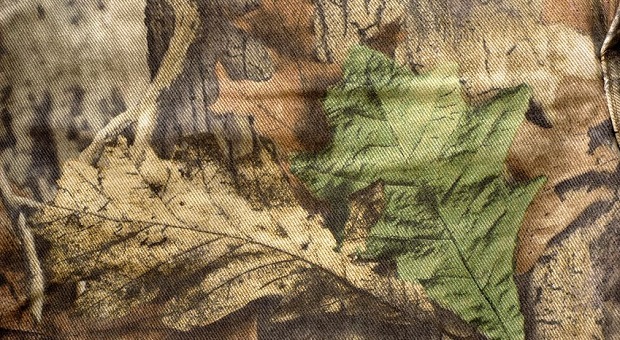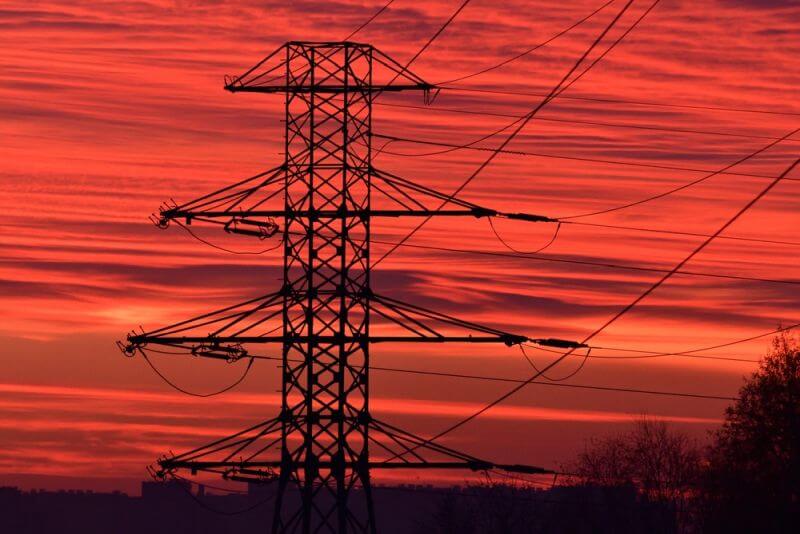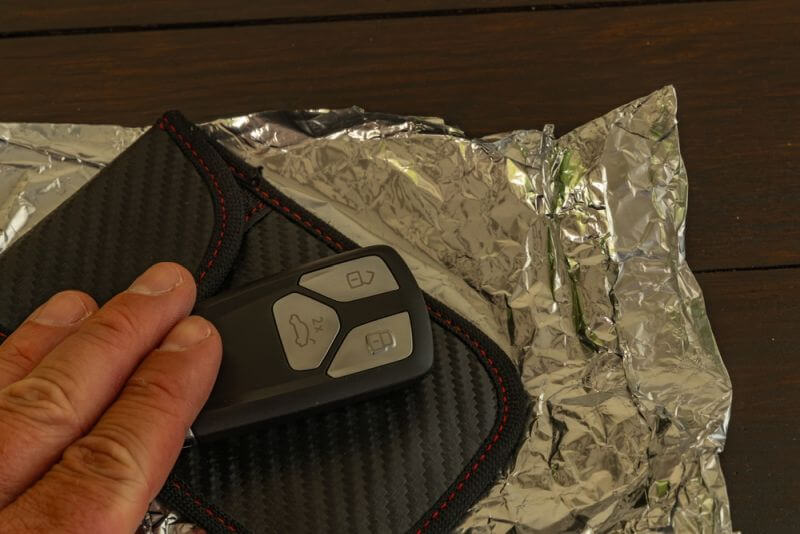You’ve prepared your stockpile and water, and have enough guns and ammo to defeat an army of intruders. You made you house uninviting, but did you hide your energy sources?
Protecting renewable energy sources through deception may seem somewhat counterintuitive at first glance, but many of the best strategies are exactly that.
Thinking outside the box does not come naturally to most people or it would be commonplace, which it is not.
When I write of renewable energy, I am writing specifically about personal, camp, home, retreat or small groups of installations such as solar, wind, micro hydro, geothermal, biomass, biodiesel, or grain alcohol. The first step to succeeding at protecting a renewable energy source is to select a source that is both available and that lends itself to protection via the employment of deception.
Measures necessary to protect your renewable energy resource will vary greatly depending on the type of renewable energy you produce. That’s because some installations clearly lend themselves to deceptive strategies, such as concealment or mobility, more readily than others. While it may be a simple matter to hide a micro hydro installation, hiding the crops that provide biodiesel or alcohol may not be possible. Windmills can be mobile, while geothermal installations cannot.
Leveraging any of these renewable energy sources in the active sense involves a certain amount of infrastructure. While strategies for protecting that infrastructure by means of deception may be endless, endless does not make a good article. So I will describe some specific strategies and tactics while simultaneously admonishing you to use them as a guide to think up your own strategies or adapt them to your own circumstances.
Become a Master of Disguise
One overt camouflage/concealment strategy is that of disguise. Instead of concealing equipment, many times you can hide it in plain sight as long as it you make it appear inoperative or to be something other than what it really is.
One example is disguise a ham radio antenna as a roof exhaust pipe. Commercially disguised antennas are sold to amateur radio enthusiasts who want an antenna on the roof, but mounting such an antenna would violate the CC&Rs of the local HOA.
You may be able to hide an alcohol still, but you probably will not be able to hide the crops needed to run it. If those same crops are grown for other purposes, such as food, you may be able to grow the crops without scrutiny. In this case, you only need disguise the secondary purpose as a renewable energy source.
Keep the Distance
Another deceptive strategy is the employment of mobility to put enough distance between you and any enemies to make you and your renewable energy solution unobservable. Any time you can put a terrain feature or the earth’s horizon between you and any potential enemies, you are undetectable and will survive unmolested by them as long as you did not leave behind any sign.
Good examples of mobile portable power are portable solar gear and portable windmills. Both of these are mountable on transportation such as sailboats, vehicles, wagons or handcarts. Portable solar gear and lightweight lithium ion batteries are designed to be carried in a rucksack or backpack.
I use just such an array to charge my batteries in the field. It is very effective and provides all the power I need to run lights, radios, GPS/PLB, computer, optics and even an electric pump for my shower.
A pump driven shower may be a luxury, but communications equipment can call in the cavalry and the right optics can be a powerful combat multiplier. All electronics have one thing in common though … none of them will work for very long without a renewable energy source. Without juice to run them, electronics are just silicon and soft metal, so the power to make electricity will always be of value.
Video first seen on Tradewind Renewable Energy.
Playing Hide and Seek
Effective concealment strategies must hide not only the renewable energy infrastructure itself, but also any stored energy and any signs of energy consumption. So if you plan to conceal a solar installation, you would not only need to hide the solar panels, wiring and charge controllers from view, but also any energy stored in batteries and any signs of energy usage.
Conceal renewable energy resources through camouflage and what I call sign discipline. I will not go into excessive detail about camouflage since so much material is available on the subject. I will point out that effective camouflage can be either covert and overt camouflage.
Overt camo is camo such as camo pattern clothing or a ghillie suit used to blend with natural terrain. Covert or urban camouflage is the art of not standing out in public as you hide in plain sight. Overt camo should include the following disciplines:
- Shape
- Shine
- Shadow
- Surface
- Silhouette
- Spacing
- Movement
- Muzzle Flash
Sign discipline is the effective management of sign to maintain concealment. Much less has written about the subject in survival circles. There is a sign discipline for each of the five senses, minus taste, plus any additional senses or sensors that you or your enemy possess. There are more disciplines to deal with the sense of sight since humans are primarily visual hunters and the primary danger to survival in this case comes from groups of humans. I categorize the principle sign disciplines are as follows:
- Light (Sight)
- Litter (Sight)
- Spore (Sight)
- Noise (Sound)
- Scent (Smell)
- Touch (Feel)
When the Lights Are Not Helpful
If your defensive strategy involves concealment, light discipline will likely be a priority. Light discipline includes both the visible and infrared spectrums, so be mindful of IR light, IR camo practices, IR imaging optics and illuminators and IR reflective material such as IFF patches if you or your enemy has night vision capability.
Mandate the use of blackout tent linings or curtains on all shelters or buildings. Test blackout curtains by turning on the lights and observing the structure from the outside after your eyes have adjusted to the dark.
Try to spot any light leaks, and turn off the lights before opening doors. When using a light to read maps or manipulate gear at night in the field, while on picket or LP/OP (listening post/observation post) duty, use a red light since they are easier on your night vision than white lights and are less visible at a distance.
Use only as much light as you need once your eyes have adjusted to the darkness and read the map or do the chore under a poncho while someone else pulls security in order to maintain light discipline. Even the glow of a cigarette is visible at great distances in the dark, especially with night vision, and the scent travels even further. Anyone in your group with a nicotine habit should switch to chew or should quit.
Cigarette butts, toilet paper, food wrappers or any other litter may alert people to higher than normal standard of living. People are intelligent and cunning and will use reason to deduce which targets are the softest and of the highest value. So be mindful of litter discipline.
Video first seen on Presto Wind.
Sharpen Your Senses and Erase the Clues
Spore discipline is management of the tracks and traces you leave as you pass through an area. People most often think of obvious tracks left by people and animals is sand, mud and snow, but also includes any other sign your passing leaves such as handholds, broken twigs, splashes or overturned leaves or rocks.
If your renewable energy infrastructure includes a generator or other tool with an internal combustion engine, balance the use of the resource against the need to maintain noise discipline. Make sure that sufficient distance existence exists between you and your neighbors and lines of drift where people travel.
Plant vegetation to act as sound breaks. Make sure that your motor has an efficient muffler, is running properly and is free of exhaust leaks. Build a sound-resistant enclosure for the generator or engine. Operate it only in wind or foul weather when the noise will not carry as far.
As with smoking, keep in mind the need for scent discipline in biodiesel production, alcohol distillation and when cooking food with your energy. Do not underestimate the scents of food, body odor or the lack thereof. You had might as well ring a dinner bell as use energy to barbeque meat upwind of hungry critters, whether two or four legged.
Being clean smelling and looking may tip off an astute observer to the fact that you are enjoying a higher standard of living than most or you use it to your advantage to project an image of normalcy or authority or order. Whatever the case, you are better off being self-aware and alert.
In the most basic sense, touch discipline governs sign that you can feel to glean information, such as a fire pit, engine block or bed. They can all be touched to feel for warmth, which will dissipate over time according to the object’s thermal mass, area, temperature, insulation, conduction, convection, air temperature etc. Urine and scat also become dry to the touch over time according to similar factors that govern the evaporation of moisture.
Whatever strategy you choose, consider using or adding the element of deception as opposed to meeting brute force with brute force. It will improve your odds of survival.
This article has been written by Cache Valley Prepper for Survivopedia.









































































I completely agree with you. The points you have suggested are really great. The power sources are our good friends in any survival condition and if we can hide power sources then we should.
A GREAT natural “barbed wire” defense can be made by planting a series of Kumquat trees in areas otherwise difficult to defend! These trees are grafted on thorn bushes with thorns over an inch long! Trying to push through them even with body armor is a very painful (and fruitless) experience. At least I wasn’t determined enough to make it. In addition, they can produce a LOT of citrus fruit in the late fall or early winter. I got 27# of fruit from a single tree. A barrier hiding in plain sight.
If fruit isn’t wanted because it might be an attractant, just a thicket of thorn bushes works very well to channel intruders to a more favorable location for identification and/or elimination.